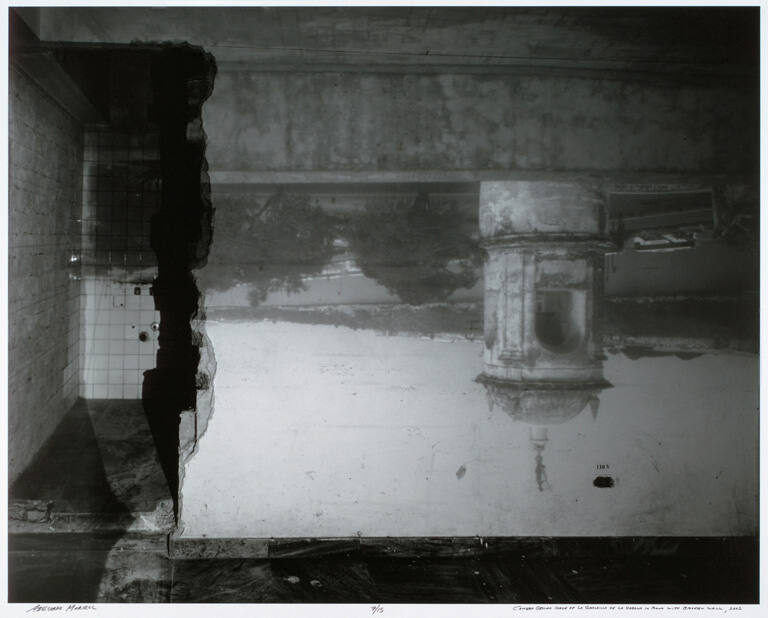
Object Details
Artist
Mary Ellen Mark
Date
1978
Medium
Dye transfer print Edition 9/15
Dimensions
Image: 12 1/8 × 18 3/4 inches (30.8 × 47.6 cm)
Sheet: 18 5/8 × 22 3/4 inches (47.3 × 57.8 cm)
Credit Line
Gift of Dr. Diana Wisdom and Gabriel Wisdom, in honor of Justice Ruth Bader Ginsberg, Class of 1954
Object
Number
2020.019.003
For a decade, as Mary Ellen Mark attempted to make inroads to the dense and notorious working-class (…)
For a decade, as Mary Ellen Mark attempted to make inroads to the dense and notorious working-class neighborhood of Kamathipura in Bombay (now Mumbai) and gain the trust of her sitters, she was met with hostility and aggression. She recalled that “the women threw garbage and water and pinched me. Crowds of men would gather around. Once a pickpocket took my address book; another time I was hit in the face by a drunken man. Needless to say, I never managed to take very good photographs.”
Kamathipura is named after the kamathis, workers who migrated to colonial Bombay and worked in construction. It is still vilified for its association with sex workers who serviced the laboring poor, even though many of these women today have left, with many properties swallowed up by redevelopment projects.
Once a beggar, fifteen-year-old Munni washes herself in a stained bathing area marked by a few of her belongings and a large black water-storage container on the left, indicative of the city’s water shortages. Her hand wipes water off her face, possibly shielding herself from Mark’s empathetic yet voyeuristic gaze.
—Ayesha Matthan, PhD candidate












